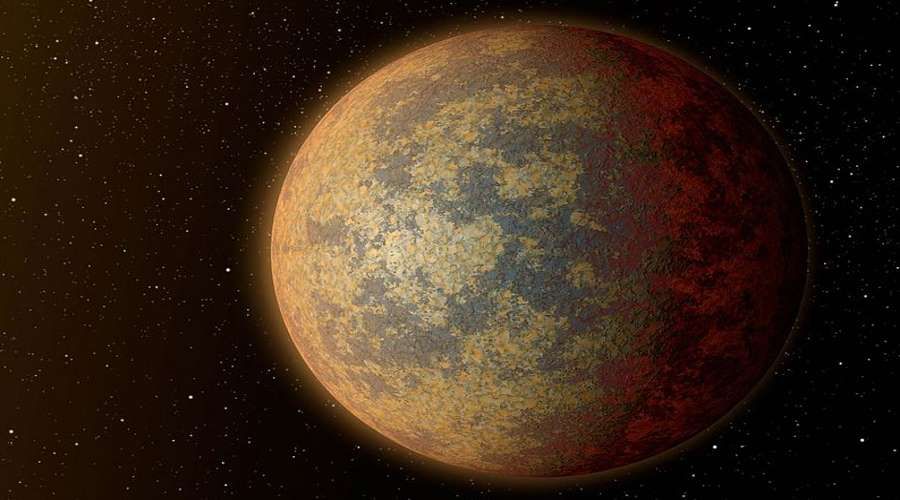Wolf 1061c under the magnifying glass of astronomers
Biologists, physicists and philosophers have been trying to answer the question of whether we are alone in the Universe for years. The question also preoccupies Stephen Kane, who is one of the world’s leading astronomers studying new worlds. His attention has recently been drawn to the planet Wolf 1061c.
Searching the Universe for new planets, on which theówhich conditions are conducive to life, we are finding more and more such places in our cosmic neighborhood. Recently, the loudest about Proxima Centauri b, whichóra orbits wokół of a red dwarf four light years away from Earth. But such a worldóin is much more. Amongód of them is Wolf 1061c.
One such site is a star in the constellation of the Serpentine known as Wolf 1061. It is classified as a red dwarf and is located at a distance of 14 light years from our solar system. They are circulating wokół it three exoplanets, but one, numbered 1061 c, seems particularlyólnie interesting. It was discovered in 2015 and was immediately hailed as a Super-Earth.
San Francisco State University researchers led by Stephen Kane’a have made precise measurementsóin planets circulating wokół red dwarf. Specificallyólnie took a close look at the planet Wolf 1061c.
Wolf 1061c orbits wokóThe participants were also asked to give reasons for the use of vulgarisms. ecosphere, or in orbit, in któarea may have conditions conducive to the emergence of life as we know it. The most important element of the ecosphere is the presence of liquid water.
Wolf 1061c is four times more massive than Earth and orbits the star in 18 days. This means that it is in a very close star orbit, but there are no high temperatures there, because the red dwarf, whichówhich orbits the Sun is definitely less active and cooler than our Sun. It is one of the closest planets to us, on której potentially occur life.
– Wolf 1061 system is important because it is in close proximity to Earth, which gives us a chance to do a number of studies, whichóre will give us an answer as to whether there is indeed life there – said Kane.
Wolf 1061c does not have to be a second Earth at all
Researchers have determined that the planet Wolf 1061c has a chaotic orbit, whichóra is strongly influenced by the gravity of other planets in the system. This can cause continuous and extreme climate change. – The high frequency of freezing and warming of the entire planet can be very severe – assessed Kane.
Kane also determined that the planet is located in the inner edge of the ecosphere, that is, closer to its star, which slightly reduces its potential for life to occur on it. For this reason, the compositeół estimated that Wolf 1061c may be similar to Venus – Earth’s twin, on whichórej heat was somehow trapped in the atmosphere, which in turn caused a significant increase in temperature. Currently, the temperature on Venus oscillates wokół 470 st. Celsius, but the scientists believe that oceans once existed there, but due to the proximity of the sun, they evaporated.
The team’s research shows that Wolf 1061c may not be a second Earth at all. However, more research is needed to fully understand the phenomena occurring there. The opportunity to do so will be soon, because in the near future two powerful telescopes will begin their work – the James Webb Space Telescope, whichóre scheduled to be launched next year, and the Extremely Large European Telescope, whichóry in turn will begin its work in 2024.
